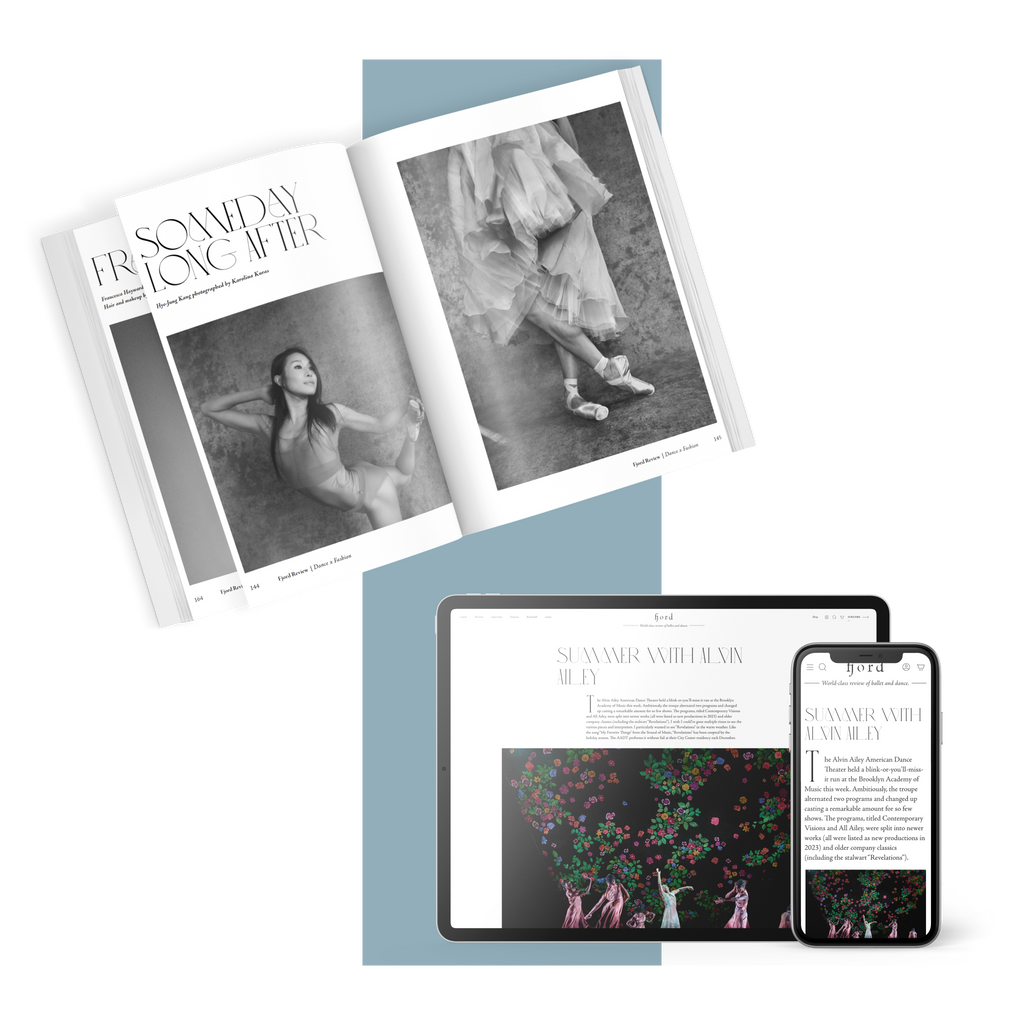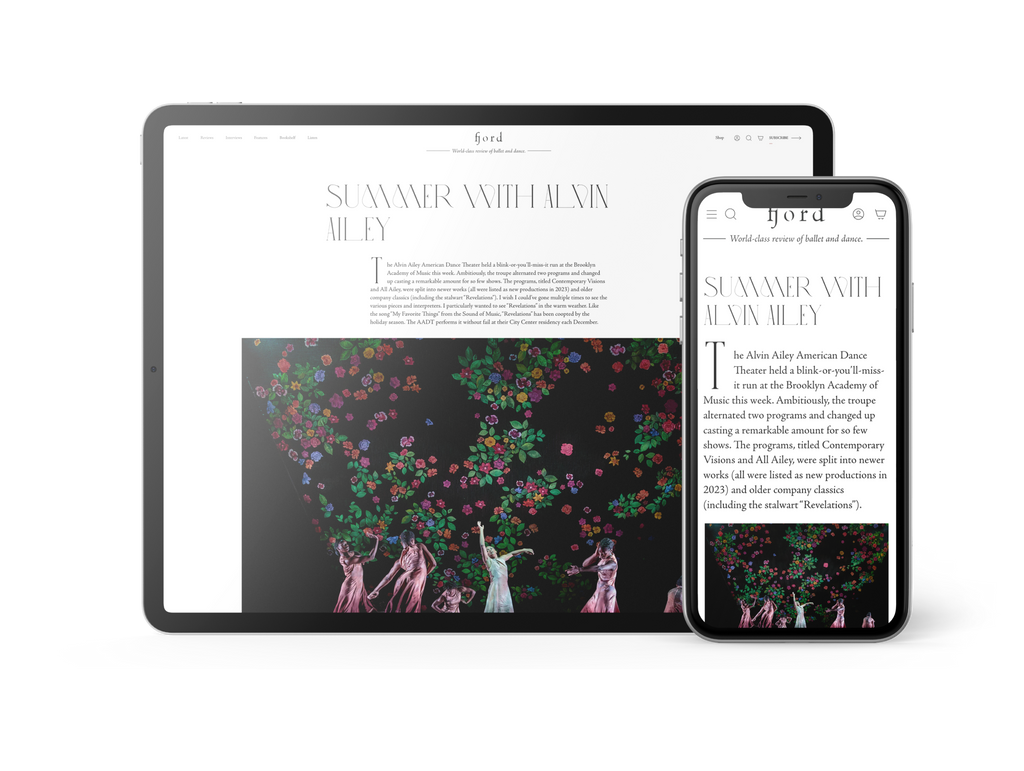People, Places, and Things
Bill T. Jones wriggles upstage on his back in a rectangle of light, reciting an unsent letter to the New York Times dance critic Jack Anderson.
Continue Reading
World-class review of ballet and dance.
Forget the merry folk jigs and wispy waltzes; Akram Khan’s “Giselle” entertains none of the levity associated with its 1841 predecessor, one of the most famous ballets to emerge from the Romantic era. The new production, created for English National Ballet, is an angry rebuke of inequality and social stratification, perceptive in its condemnation and admirable in its intensity. Khan has preserved the broad strokes of Théophile Gautier’s original narrative—the lovers from different worlds, the devastating betrayal, the supernatural revenge—but overhauled its setting and tone to present a dark parable about the failures of globalisation. The first half reveals our protagonist as a former worker in a now-desolate garment factory, a world away from Gautier’s Arcadian country setting, with its sunny peasants and bucolic harvests. The second thrusts her into an ugly underworld haunted by ghosts of workers past, their supernatural wiles less entrancing than they are vicious.
Performance
Place
Words

Alina Cojocaru and Isaac Hérnandez in Akram Khan's “Giselle.” Photograph by Laurent Liotardo


“Uncommonly intelligent, substantial coverage.”
Your weekly source for world-class dance reviews, interviews, articles, and more.
Already a paid subscriber? Login
Bill T. Jones wriggles upstage on his back in a rectangle of light, reciting an unsent letter to the New York Times dance critic Jack Anderson.
Continue ReadingThe annual Dancing the Gods Festival of Indian Dance celebrated its fourteenth and final year with a generous finale May 16-18. This final event extended for three evenings instead of the usual two.
Continue ReadingSomething old, something new, something borrowed, and something “Blue.” The premise of Australasian Dance Collective’s fortieth anniversary celebration stems from the traditional divisions of time.
Continue ReadingShadows, dark matter and the enigmas of consciousness—the ideas behind Crystal Pite’s “Frontier” are timely and timeless at once.
Continue Reading
comments